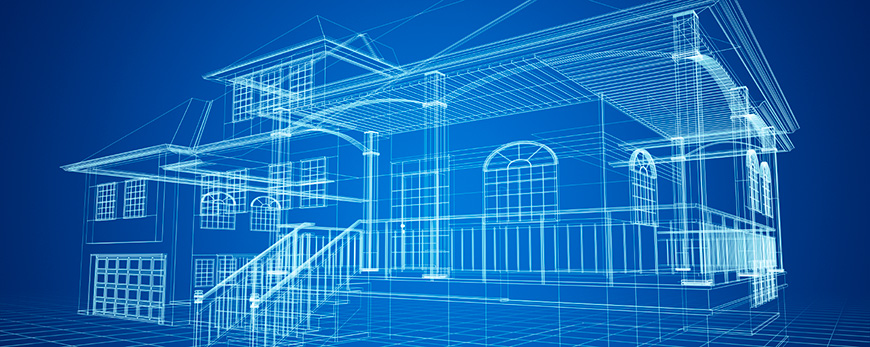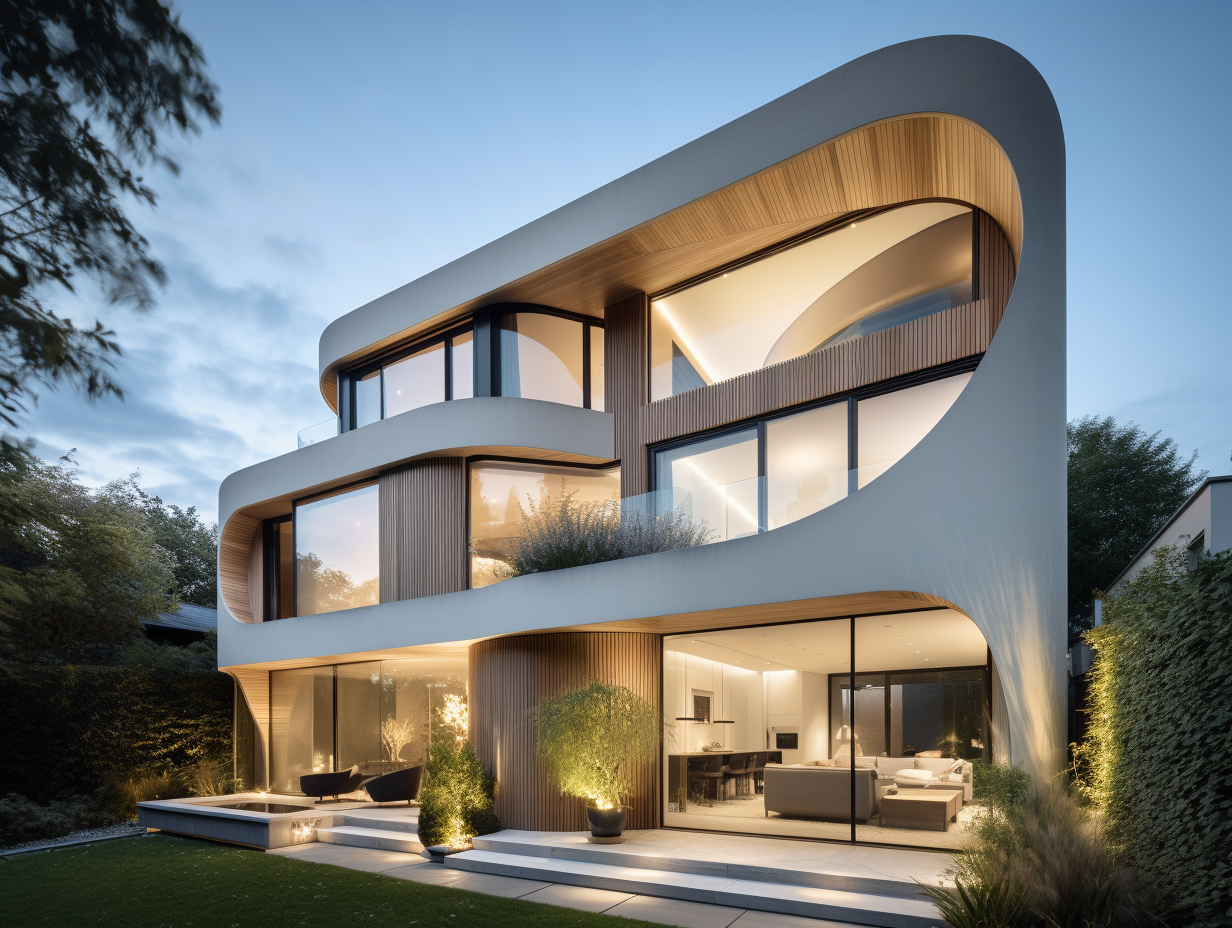The Effect of Technical Innovations on the Design Practices of Contemporary Architects
The quick evolution of technological tools has actually dramatically reshaped the design landscape for contemporary engineers, cultivating unmatched degrees of advancement and sustainability. The assimilation of Building Details Modeling (BIM), parametric design, and man-made intelligence has not only structured cooperation amongst diverse teams but also redefined task implementation. As engineers accept these developments, they are faced with intricate obstacles that can impact their creative processes. Checking out these characteristics reveals a nuanced interaction between modern technology and standard style approaches, prompting a closer evaluation of what the future holds for building practices.
Evolution of Architectural Tools
Exactly how have building devices transformed the layout and building processes over the centuries? The evolution of architectural tools has actually dramatically influenced the performance, accuracy, and imagination of layout and construction.
With the arrival of the Renaissance, the introduction of the compass and the protractor noted a critical change. These tools made it possible for engineers to accomplish higher precision in their layouts, promoting the emergence of more intricate and in proportion buildings (cda architects). The Industrial Transformation additionally changed architectural technique with the intro of mechanized devices and products, permitting bigger and much more enthusiastic tasks
In the 20th century, the growth of computer-aided design (CAD) software application changed the landscape as soon as again, supplying architects with unmatched capacities in modeling and visualization. Today, progressed devices such as Building Info Modeling (BIM) and parametric style software remain to press the borders of architectural innovation, making it possible for an extra integrated approach to style and building and construction processes.

Improved Collaboration in Layout
As innovation continues to advance, enhanced cooperation in layout has actually ended up being a cornerstone of modern-day building practice. The assimilation of digital devices such as Structure Details Modeling (BIM), cloud-based systems, and advanced visualization software has actually transformed the way designers, designers, and stakeholders communicate throughout the style procedure. These tools help with real-time communication, permitting teams to share concepts, alterations, and responses immediately, no matter geographical location.
Moreover, digital reality (VIRTUAL REALITY) and enhanced reality (AR) have additional enriched joint initiatives by allowing immersive experiences that permit customers and team participants to visualize tasks in a more engaging manner. This level of communication not just improves understanding however likewise promotes a sense of possession among stakeholders, bring about more educated decision-making.
In addition, interdisciplinary cooperation has actually been streamlined via these technological improvements, allowing designers to work much more closely with various other experts, such as city organizers and environmental consultants. The outcome is an extra cohesive strategy to create that thinks about different perspectives and knowledge. Ultimately, enhanced partnership in style is not merely a fad; it is crucial for creating ingenious, useful, and cosmetically pleasing style in a progressively complex world.
Sustainability Through Innovation
Sustainability in architecture has actually progressively ended up being linked with technical advancement, driving the market toward eco accountable techniques - cda architects. Contemporary designers are leveraging innovative technologies to minimize environmental influence while enhancing the performance of structures. One noticeable instance is the use of Building Info Modeling (BIM), which permits precise planning and source allowance, minimizing waste during building and promoting energy performance throughout a building's lifecycle
Additionally, smart products and energy-efficient systems are being integrated into designs to maximize resource usage. Technologies such as photovoltaic cells and environment-friendly roofing systems harness eco-friendly energy sources, adding to decreased carbon impacts. Additionally, the application of synthetic intelligence in layout processes enables architects to simulate and evaluate power intake, guiding choices towards even more lasting end results.
The combination of sustainable modern technologies not only aligns with his response worldwide ecological objectives but additionally fulfills an increasing demand from customers for environment-friendly solutions. As architects embrace these technologies, the emphasis changes in the direction of creating spaces that are not just cosmetically pleasing yet additionally functionally lasting, thus redefining the criteria of modern-day style. websites In this method, innovation serves as a driver for sustainability, making it possible for engineers to develop structures that regard and boost the native environment.
Obstacles in Application
While technical advancements in architecture hold excellent assurance for enhancing sustainability, their implementation usually experiences significant challenges. One main obstacle is the steep knowing contour associated with new modern technologies. Engineers and building and construction professionals might need substantial training to effectively use sophisticated software and tools, which can postpone project timelines and raise prices.
Additionally, the assimilation of emerging modern technologies, such as Building Information Modeling (BIM) and sustainable materials, frequently demands collaboration throughout multidisciplinary groups. This cooperation can be hindered by distinctions in knowledge, process, and communication styles, resulting in possible disputes and inadequacies.
Financial constraints additionally complicate the fostering of cutting-edge modern technologies. Numerous architectural firms, specifically smaller sized ones, may lack the sources to purchase cutting-edge tools, restricting their capability to contend with larger companies that can manage such financial investments.
Moreover, governing frameworks and structure codes may not maintain rate with technological advancements, developing uncertainty and potential compliance issues. This difficulty can discourage architects from completely embracing brand-new technologies, as the risk of non-compliance may outweigh the benefits. Therefore, dealing with these implementation difficulties is crucial for the successful combination of published here technical developments in contemporary building practices.
Future Fads in Design
The difficulties connected with the execution of new technologies in style have actually prompted a reevaluation of future fads within the sector. As architects navigate issues such as sustainability, urbanization, and social equity, they are progressively taking on innovative modern technologies to improve layout effectiveness and ecological performance.
One noticeable trend is the combination of synthetic intelligence (AI) in the layout process. AI tools can examine large datasets to notify style choices, boosting both imagination and functionality. Similarly, Building Details Modeling (BIM) proceeds to progress, making it possible for real-time cooperation among stakeholders and assisting in streamlined job management.
Lasting layout techniques are additionally acquiring energy, with designers focusing on adaptive reuse and regenerative layout concepts that reduce source consumption and waste. The consolidation of smart products and renewable energy sources will certainly additionally boost the durability of buildings in the face of climate modification.
In addition, the increase of parametric design enables even more personalized and context-sensitive building options. By using these innovations, engineers are poised to develop developed settings that not only address the immediate needs of society but additionally anticipate future obstacles, thus redefining the function of style in an ever-changing world.
Conclusion
